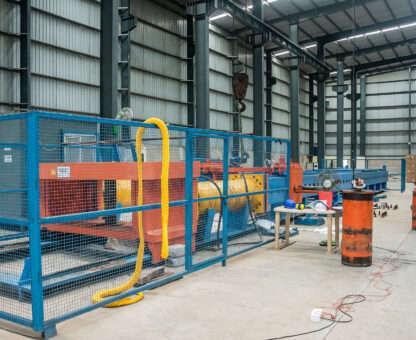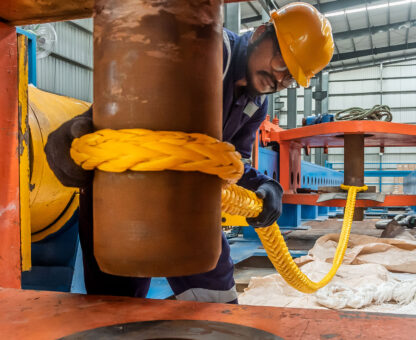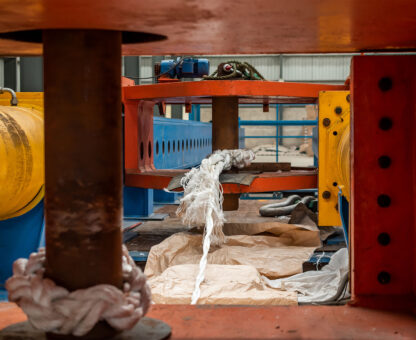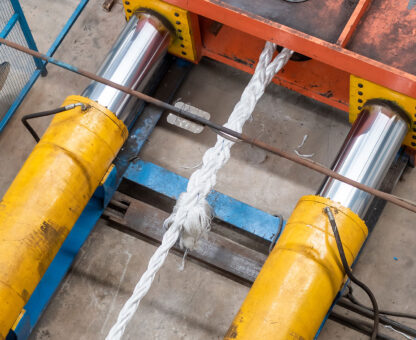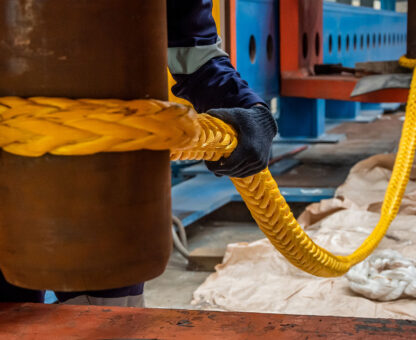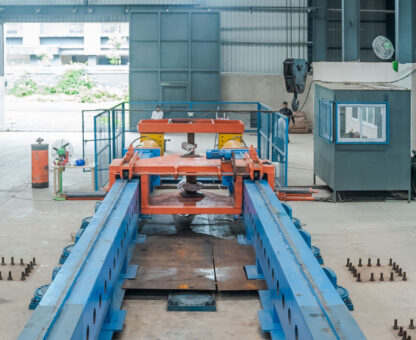A Comprehensive Guide to Lifting Shackles: Types, Applications, and Safety Tips
Lifting shackles are a cornerstone of heavy lifting and rigging operations. Despite their simple design, they play a crucial role in ensuring safe and efficient load handling across various industries. Whether you’re in construction, maritime, or manufacturing, understanding the right type of shackle to use and maintaining it properly can make a significant difference.
Types of Lifting Shackles
Shackles are versatile and come in different forms, each suited for specific purposes:
Anchor Shackles: These shackles, also known as bow shackles, feature a larger, rounded loop. The design allows them to accommodate multiple connections, such as slings or chains, making them ideal for multidirectional loads.
Chain Shackles: These are narrower than anchor shackles and are primarily used for inline loads. They are designed for a straight, linear pull and are commonly seen in crane operations and lifting mechanisms.
Specialized Shackles: Wide-body shackles: Designed for heavier loads with reduced bending stress. Round-pin shackles: Offer flexibility for certain applications where frequent attachment and detachment are needed. Understanding these types helps you choose the right shackle for your operational requirements, ensuring efficiency and safety.
Applications of Lifting Shackles
The wide-ranging utility of lifting shackles makes them indispensable in industries such as:
Construction: Used to connect lifting beams, support structures, or heavy machinery.
Shipping and Maritime: Securely fasten cargo, hoist materials, and ensure safe load handling at ports.
Oil and Gas: Facilitate offshore lifting operations, such as handling pipelines and rig components.
Manufacturing: Assist in moving large, irregularly shaped machinery and other heavy-duty applications.
Safety Tips for Using Shackles
Using shackles correctly is paramount to maintaining workplace safety. Here are some key tips:
Match the Load Capacity: Always ensure the Safe Working Load (SWL) of the shackle matches or exceeds the weight of the load. Overloading can lead to catastrophic failures.
Regular Inspections: Before each use, inspect shackles for signs of wear, deformation, rust, or damage. Replace any defective parts immediately.
Secure the Pins: Pins must be properly fastened to prevent them from slipping during operation. Use pins designed for the specific shackle type.
Avoid Side Loading: Shackles are designed to bear vertical loads. Side loading, where the load is applied at an angle, can create stress points and cause equipment failure.
Lifting shackles are essential tools in industrial operations. By selecting the right type and following proper safety practices, you can ensure smoother, safer lifting processes. Investing in high-quality shackles and their maintenance is an investment in the safety and success of your operation. In case you have any doubts, talk to our experts from Krishdhan Fabtech Pvt Ltd on +919820775625 or write to us on info@kdft.in
Have a Project? Let’s Talk!
TESTING FACILITY
